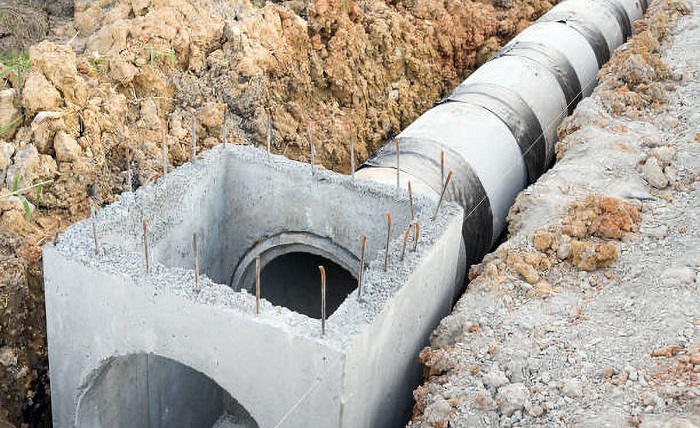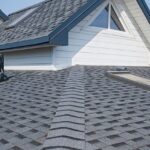Properties, whether residential or commercial, often face challenges from unwanted moisture. This can lead to structural damage, landscape erosion, and general inconvenience. To combat these problems, careful planning and execution of ground modification are essential. Effective groundwork can redirect unwanted moisture and create a much more stable environment. Maintaining the integrity of land surfaces through effective management of precipitation is key for long-term property value.
Site Evaluation for Drainage
Before professionals in excavation, underdrain, and water management start any physical work, a thorough examination of the site is crucial. This evaluation involves understanding the land’s natural contours, the soil type, and the existing flow patterns of surface and subsurface moisture. Identifying low points, areas of accumulation, and the direction of natural runoff helps to determine the most effective course of action. Understanding the local climate and typical rainfall amounts is also very important. This initial phase dictates the efficiency of all proceeding work.
Excavation for Water Diversion
Earthwork is a traditional form of landscape modification that has been used for centuries. Careful digging and earth moving are primary methods to manage soil moisture. Creating channels, ditches, and swales redirect surface runoff away from vulnerable areas. The goal is to establish a path for moisture to follow, leading it toward designated outlets or areas where it can safely dissipate.
Underdrain System Implementation
For subsurface moisture, underdrain systems are very effective. These systems typically involve perforated pipes buried in trenches surrounded by gravel. The gravel acts as a filter, allowing moisture to enter the pipes, which then carry it away from the affected area. This is extremely useful for protecting foundations and preventing soil saturation. Subsurface systems are often unseen but extremely important for the stability of a property.
Surface and Subsurface Water Management
A comprehensive approach addresses both surface and subsurface flow. This might involve a combination of grading, ditches, and underdrain systems. The goal is to create a balanced system that effectively manages all forms of unwanted moisture, ensuring the long-term stability of the land. A holistic method provides the strongest protection against many types of environmental risks.
Preventing Water Accumulation and Erosion
The accumulation of moisture can lead to soil erosion, which can undermine structures and damage landscapes. By directing moisture away from sensitive areas and establishing stable pathways, this damage can be prevented. Properly executed grading and the establishment of stable outlets play a key role in this. Erosion causes long-term damage that can become very expensive to repair.
Drainage System Maintenance
Like any system, ground modification efforts require regular upkeep. Over time, debris can accumulate in ditches and pipes, obstructing flow. Periodic inspection and cleaning ensure that the system continues to function effectively, protecting the property from unwanted moisture. Proactive maintenance prevents the need for costly repairs. Regular inspections can identify small problems before they become big ones.
Site Grading for Drainage
The shaping of the land’s surface, or grading, is a fundamental aspect of this work. Proper grading ensures that surface runoff flows away from structures and towards designated outlets. This involves creating slopes and contours that guide moisture in a controlled manner, preventing pooling and erosion. The careful shaping of the land is a key skill for any property developer.
Effective handling of unwanted moisture relies on a combination of careful planning and skilled execution. By understanding site conditions, implementing appropriate systems, and maintaining them over time, professionals specializing in excavation, underdrain, and water management can protect against the damaging effects of excess moisture. A well-planned ground modification project can provide long-lasting protection. The value of a property is heavily influenced by the ground it is built upon.






